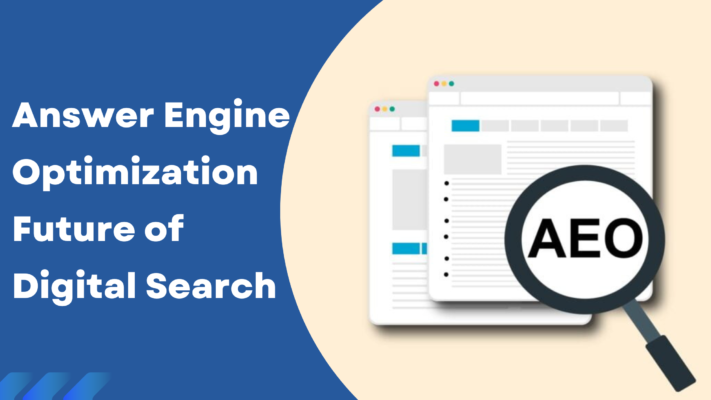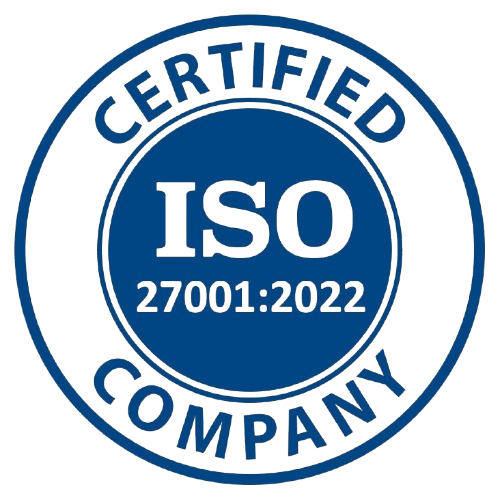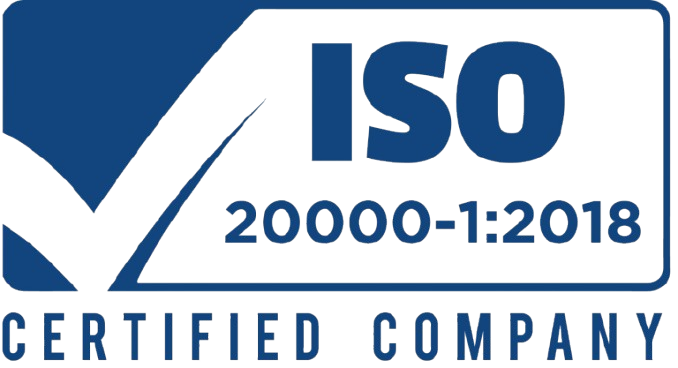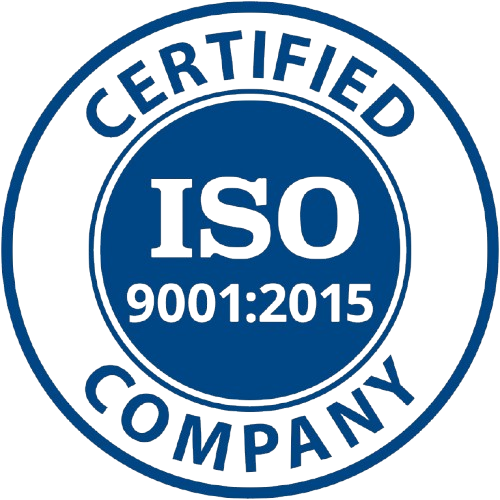
Introduction
The digital search landscape is rapidly evolving. With the rise of AI powered platforms like ChatGPT, Google’s Search Generative Experience (SGE), Bing AI, and Perplexity, users now seek direct, accurate, and fast answers instead of browsing multiple links. This shift has introduced a new frontier in digital marketing Answer Engine Optimization (AEO). As we move further into 2025, mastering AEO is becoming just as essential, if not more, than traditional SEO.
What is Answer Engine Optimization (AEO)?
AEO refers to the practice of optimizing content specifically to be picked up and featured by answer engines AI-powered systems designed to deliver concise answers to user queries. Unlike traditional SEO, which focuses on ranking for keywords, AEO prioritizes delivering direct responses to search intent.
These answer engines scrape content, parse structured data, and use natural language processing to determine the best answer. Examples include Google’s featured snippets, ChatGPT’s browsing results, and the direct answers found in Bing AI.
Why AEO is Crucial in 2025 and Beyond
Search behavior is changing. More users are searching via voice commands, smart assistants, and AI chat interfaces. This means users aren’t always clicking through to websites they’re reading the top answer provided.
In fact, zero-click searches now dominate over 65% of Google search results. Platforms like ChatGPT or Perplexity provide complete answers from multiple sources, often bypassing the need for a traditional website visit. Brands that optimize for AEO are more likely to be featured in these high-visibility spots, increasing credibility, brand recognition, and indirect traffic.
Key Elements of AEO Strategy
To succeed with Answer Engine Optimization, content must be crafted and structured with precision. Here are the pillars:
Structured Data & Schema Markup
Using structured data such as schema.org allows search engines to understand your content contextually. Schema types like FAQ Page, Article, and How To are key to increasing the chance of being selected as a rich result.
FAQ and Q&A Format Content
AI engines prefer concise, formatted responses. Structuring content as a question-and-answer section improves visibility. Use H2 or H3 headings with a direct answer underneath.
Conversational Language
Search engines now favor natural language processing (NLP) and conversational tone. Write like you’re answering a question in real time—this aligns better with how people talk to AI assistants.
Authority and Trust (E-E-A-T)
Content with clear Expertise, Experience, Authoritativeness, and Trustworthiness is more likely to be selected. Author bios, references, citations, and transparency contribute to better AEO performance.
Technical Optimization
Fast loading speeds, mobile-friendly designs, and strong Core Web Vitals impact your content’s eligibility for answer boxes or AI-generated responses.
Content Optimization for AEO
Creating AEO-friendly content requires a strategy shift from keyword stuffing to answering real user queries. Here’s how:
- Target Long-Tail Keywords: Phrases like “how to optimize content for answer engines” or “best practices for AEO in 2025” have a higher relevance.
- Use Featured Snippet Format: Summarize the answer at the top of the content.
- Bullet Points and Numbered Lists: Easy for AI to parse.
- Topic Clusters and Content Hubs: Organize related articles under umbrella topics to establish authority.
- Update Old Content: Refresh older blog posts with FAQs, schema, and updated insights.
Tools & Platforms Supporting AEO
Several tools and platforms can help you optimize for AEO in 2025:
- Google’s Rich Results Test: Check if your pages are eligible for enhanced display.
- SEMrush and Ahrefs: Identify featured snippet opportunities and questions people ask.
- Frase.io and SurferSEO: AI tools that help build question-based content.
- ChatGPT and Gemini: See how AI models present content based on your keyword.
Common Challenges and How to Overcome Them
Balancing SEO and AEO
While traditional SEO isn’t obsolete, the challenge is integrating both strategies. Use keywords naturally within your AEO content.
Content Saturation
With many marketers targeting snippets, standing out is harder. Focus on niche, specific questions.
Tracking Performance
It’s tough to quantify visibility on AI platforms. Track engagement brand mentions, and use tools like Google Search Console to identify zero-click impressions.
Algorithm Changes
AI answer models change frequently. Regularly audit and refresh your content.
Future of AEO and Digital Search
The search for the future is proactive. AI assistants may begin suggesting content before a query is typed. Voice search, predictive browsing, and visual search will require multi-format optimization.
Expect tighter integration of AEO with augmented reality, smart devices, and IoT search interfaces. Content marketers will need to think beyond the browser.
Moreover, ownership and attribution of AI-generated content will become a major topic. Ensuring your brand is credited as the source will become crucial.
Conclusion
As AI reshapes how people find and consume information, Answer Engine Optimization is no longer optional. It’s the new standard for visibility. Marketers and content creators who adapt early will gain a competitive advantage.
Start by updating existing content, implementing structured data, and answering your audience’s real questions. The goal? Be the answer—not just a search result.
Frequently Asked Questions (FAQs)
How is Answer Engine Optimization different from traditional SEO?
Ans. AEO targets direct answers to queries, while traditional SEO focuses on ranking pages by keywords and backlinks.
What tools can I use to optimize my content for AEO?
Ans. Try tools like SEMrush, Frase.io, Google’s Structured Data Helper, and Ahrefs to identify and implement AEO strategies.
Does AEO replace traditional SEO completely?
Ans. No. AEO complements SEO, especially for voice search and AI-driven answers. Both should be part of your strategy.
What kind of content works best for AEO?
Ans. FAQ pages, how-to articles, and definition-style content formatted clearly with schema markup.
Can small businesses benefit from AEO?
Ans. Absolutely. With well-structured content, even small websites can be featured as top answers by AI engines.





